As we move into 2023, the job market is becoming increasingly competitive, and it is essential to have a well-crafted resume that stands out to potential employers. A great resume can be the difference between landing your dream job and being passed over for someone else. In this complete guide to resume writing, we will cover everything you need to know to create a resume that will help you land the job you want.
Table of Contents
What is a Resume?

A resume is a document that summarizes your education, work experience, skills, and achievements. Its purpose is to provide a potential employer with a snapshot of who you are and what you can bring to their organization. A well-written resume should be easy to read and highlight your most relevant qualifications.
Why is a Good Resume Important?
Your resume is often the first impression you make on a potential employer. It is your chance to make a good first impression and demonstrate why you are the best candidate for the job. A good resume can help you stand out from the competition and increase your chances of getting an interview.
How to Write a Resume
1. Choose the Right Format
Resumes have three main formats: chronological, functional, and combination. The chronological format is the most common and lists your work experience in reverse chronological order. The functional format focuses on your skills and experience, while the combination format combines elements of both.

2. Tailor Your Resume to the Job
While resume writing, it is important to tailor your resume to the job you are applying for. This means highlighting your most relevant qualifications and using keywords from the job description. This will show the employer that you are a good fit for the position and increase your chances of getting an interview.
3. Use Strong Action Verbs
Using strong action verbs can help make your resume more impactful. Instead of using phrases like “responsible for” or “assisted with,” use verbs like “managed,” “developed,” and “implemented.”
4. Quantify Your Achievements
Including quantifiable achievements on your resume can help demonstrate your value to potential employers. For example, instead of saying “increased sales,” say “increased sales by 25% in six months.”
5. Keep it Concise
Your resume should be no more than two pages long, and you should only include information that is relevant to the job you are applying for. Use bullet points and short paragraphs to make your resume easy to read.
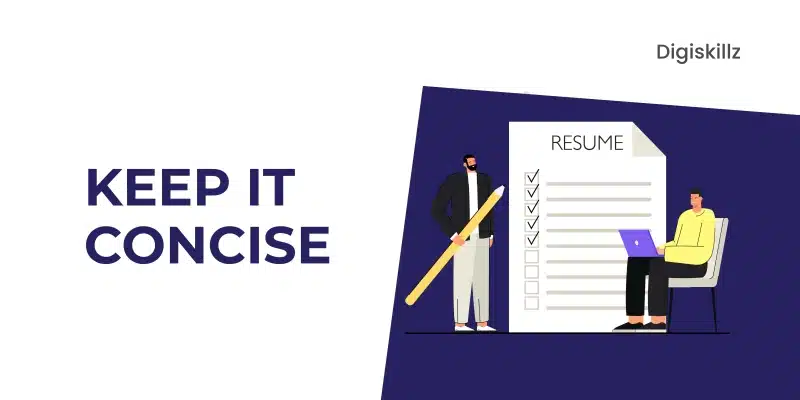
Common Resume Mistakes to Avoid
1. Spelling and Grammar Errors
Spelling and grammar errors can make you look unprofessional and careless. Always proofread your resume and consider having someone else read it as well.
2. Using an Unprofessional Email Address
Using an unprofessional email address can also make you look unprofessional. Create a new email address specifically for job applications that uses your name.
3. Including Irrelevant Information
Including irrelevant information can make your resume too long and difficult to read. write a resume with only information that is relevant to the job you are applying for.
4. Not Tailoring Your Resume to the Job
Not tailoring your resume to the job can make you look like you are not a good fit for the position. Take the time to customize your resume for each job you apply for.
Tips for Writing a Resume in 2023
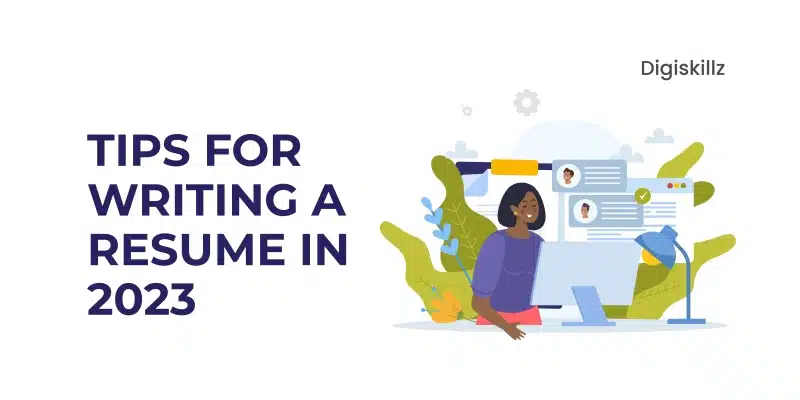
1. Use a Professional Font and Layout
Choose a clean, easy-to-read font and a simple layout that highlights your qualifications. Avoid using flashy or gimmicky designs that can distract from your content.
2. Incorporate Relevant Keywords
Many companies now use automated resume screening software, so it’s important to incorporate relevant keywords from the job posting to increase your chances of being selected for an interview.
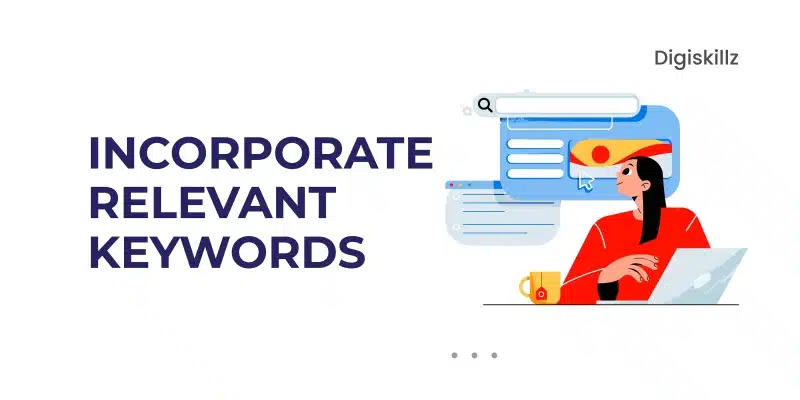
3. Include a Summary Statement
A summary statement is a brief paragraph at the top of your resume that highlights your key qualifications and career goals. It can help grab the reader’s attention and make a good first impression.
4. Highlight Your Achievements
Don’t just list your job duties – highlight your achievements and how they benefited your previous employers. This can help demonstrate your value to potential employers.

5. Customize Your Resume for Each Job
Tailor your resume to each job you apply for by incorporating relevant keywords and highlighting your most relevant qualifications. This can help make your resume more appealing to potential employers.
Frequently Asked Questions
1. How long should my resume be?
Your resume should be no more than two pages long, and only include information that is relevant to the job you are applying for.
2. Should I include a photo on my resume writing?
In most cases, it is not necessary or recommended to include a photo on your resume. Focus on highlighting your qualifications instead.
3. How do I explain gaps in my employment history?
Be honest and straightforward about any gaps in your employment history. You can explain them in your cover letter or during an interview.
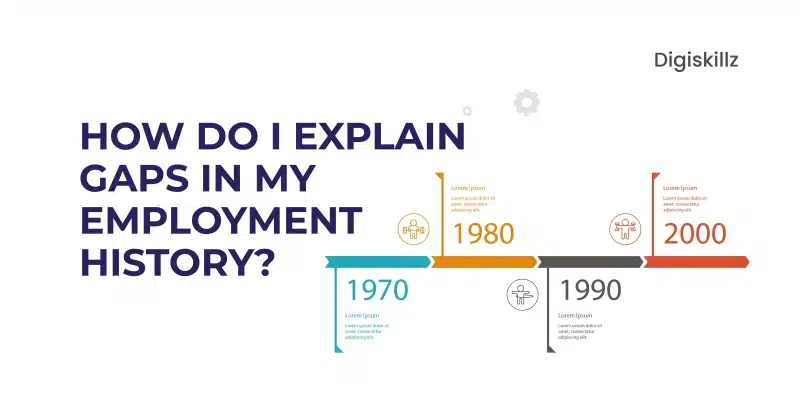
4. What if I don’t have a lot of work experience?
If you don’t have a lot of work experience, focus on highlighting your education, skills, and achievements instead. You can also include relevant volunteer experience or internships while writing a resume.
5. Should I include references on my resume?
It is not necessary to include references in writing a resume, but you should have a list of references available upon request. Make sure to ask your references for permission beforehand.
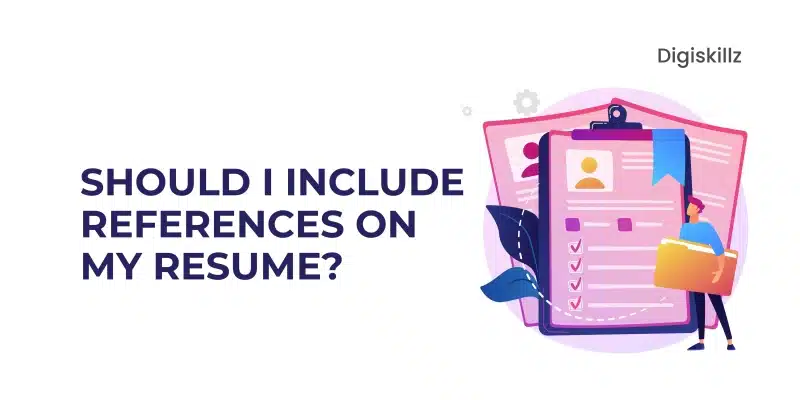
VII. Conclusion
Ii is strongly encouraged to take action to create a resume today. Your resume is your first impression with potential employers, and it’s critical to make it stand out from the competition.
Remember, your resume is not just a list of your qualifications and experiences; it’s a marketing tool that should showcase your unique strengths and achievements.
By putting in the effort to craft a standout resume, you’ll increase your chances of landing an interview and ultimately getting the job you want.


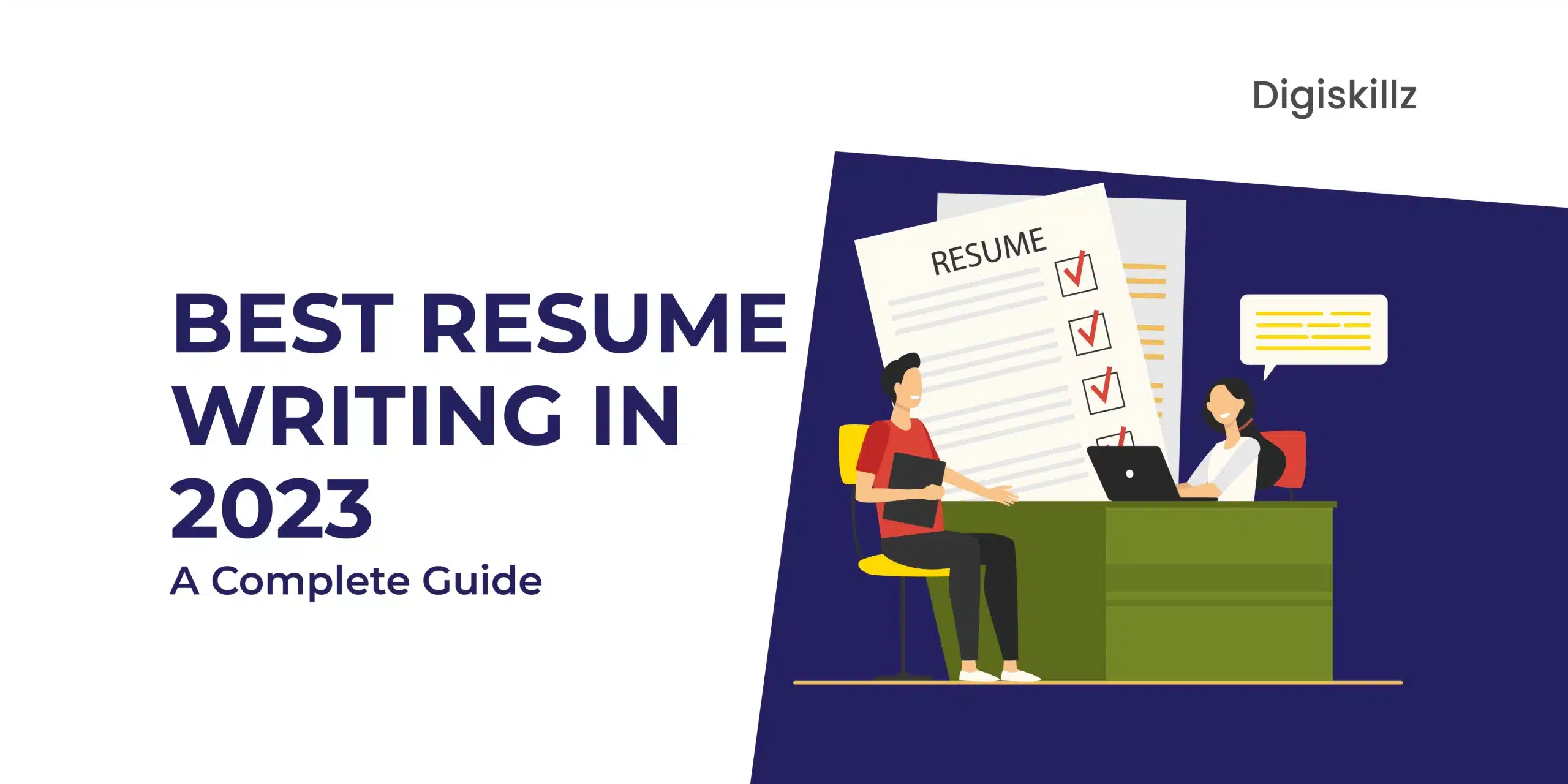








Leave A Comment